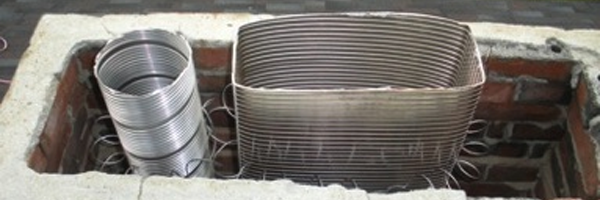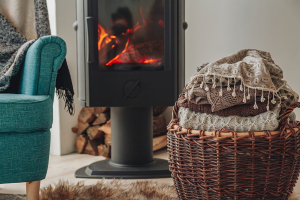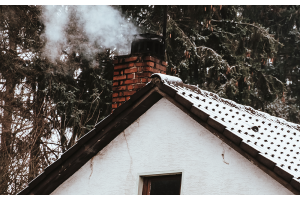
The main purpose of a flue liner is to funnel out hot gases from your stove into the atmosphere, via a chimney stack.
The liner works when the difference in temperature causes negative pressure, which leads to harmful gases being drawn vertically up the flue system.
A stainless steel chimney liner is a vital part of the fuel-burning process, and creates not only a good even constant flow of heat but also allows for hot gases to escape.
Ensuring your flexible flue liner is then properly insulated helps to control the release of these hot gases.
Whilst a non-insulated chimney flue can work perfectly, the majority of the time there can be issues in relation to the surrounding cooling air, potentially leading to condensation and severely impacting the efficiency of the flue liner.
This process causes a reduction on the temperature of the liner and potentially creates condensation thus impacting the efficiency of hot gases into the atmosphere.
The condensation that does form then flows back down into the chimney leading to a host of issues.
Simply insulating your flue liner ensures that the hot gases remain hot enough to safely release into the atmosphere and as quickly as possible.
It also removes the risk of potential condensation and moisture.
The so-called "draw" connected with your wood burner is vital to not only its efficient creation of hot air but also in maximising fuel consumption.





